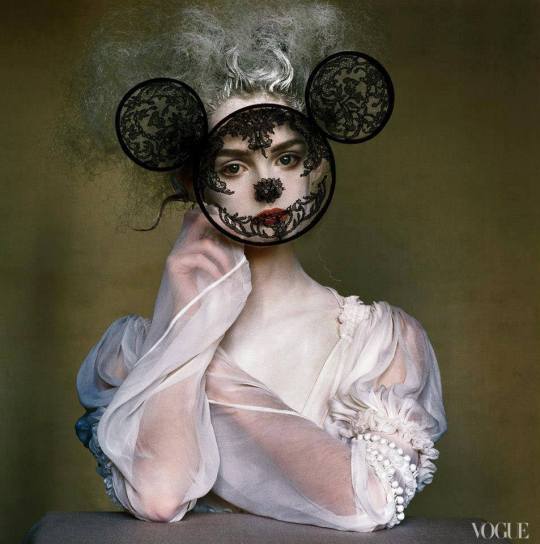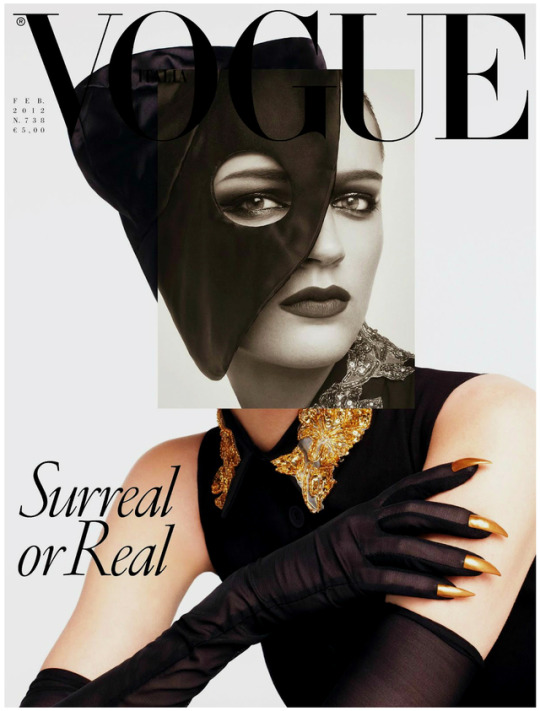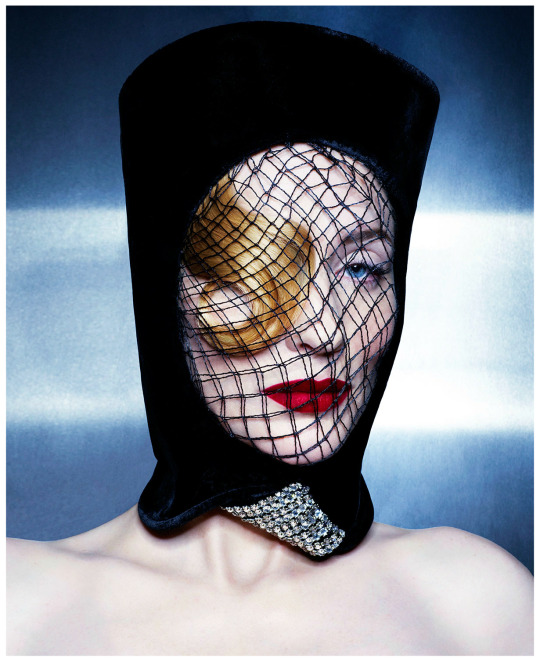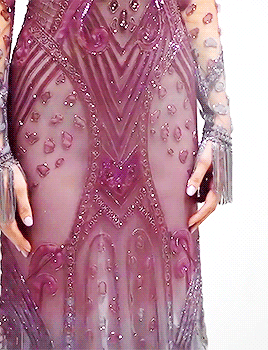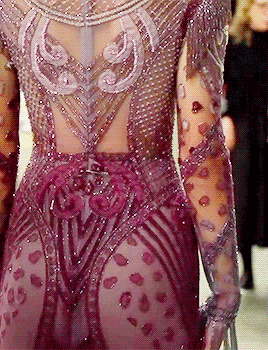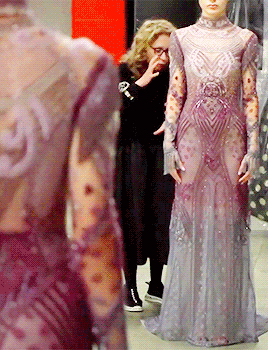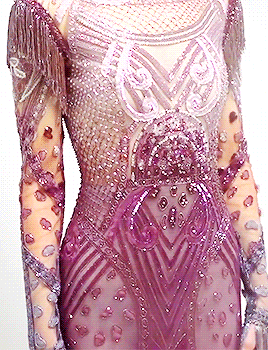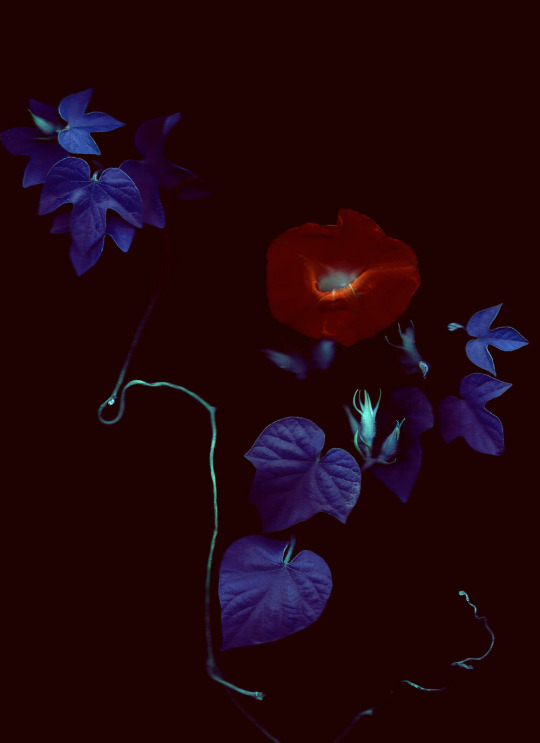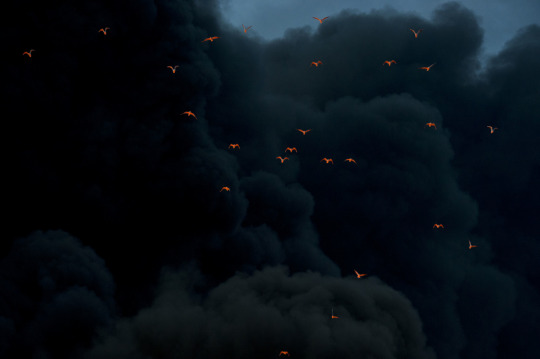Don't wanna be here? Send us removal request.
Photo

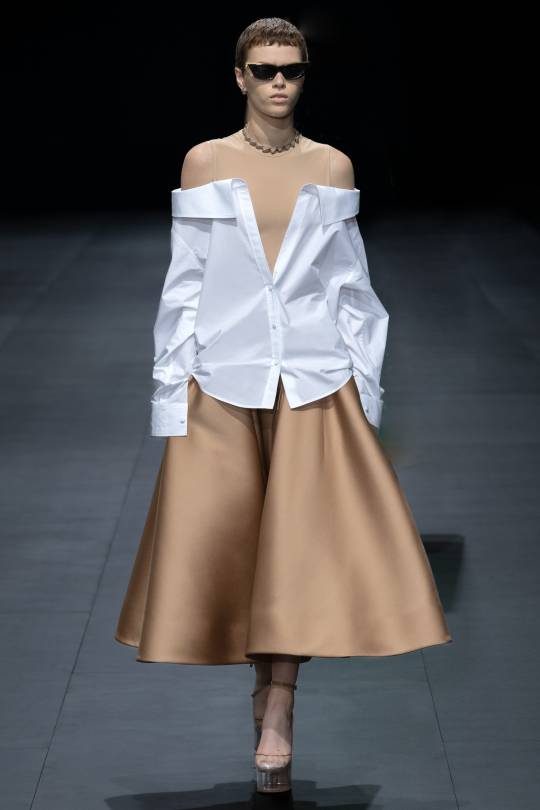
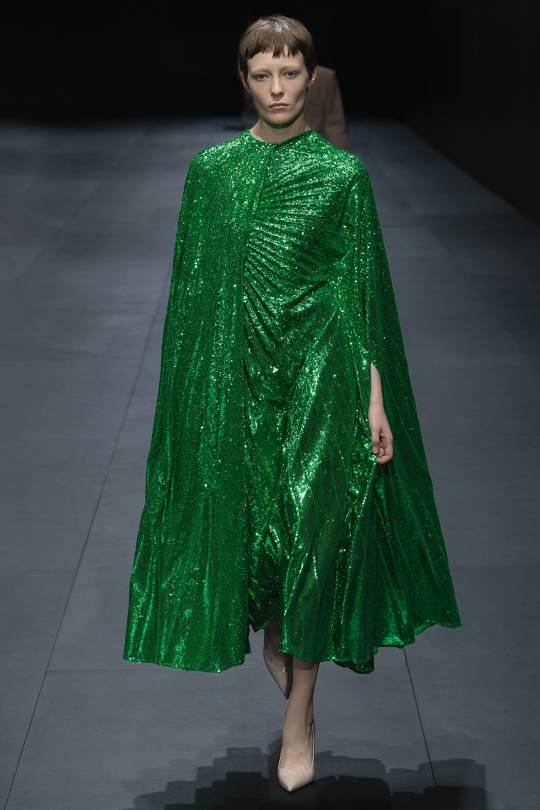

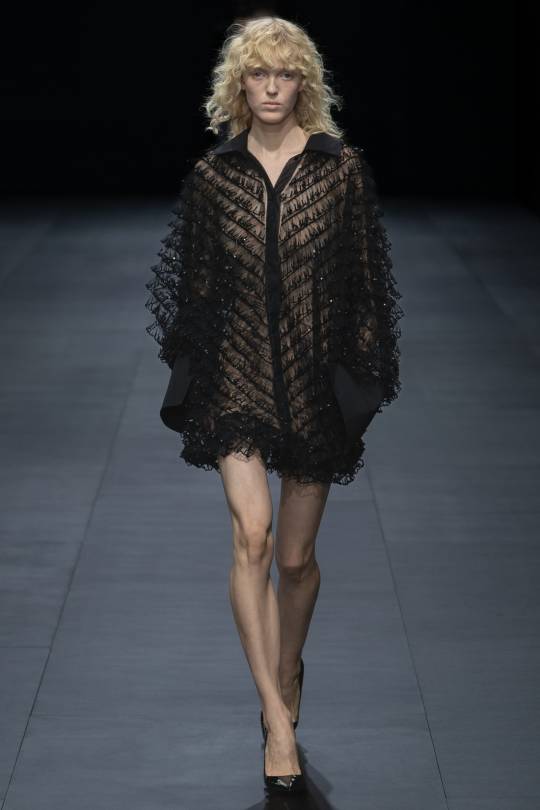





VALENTINO Spring/Summer RTW 2023 (part 3) if you want to support this blog consider donating to: ko-fi.com/fashionrunways
176 notes
·
View notes
Video
youtube
Vogue Paris - February 2012 - Daria Werbowy - Inez van Lamsweerde and Vinoodh Matadin
11 notes
·
View notes
Text
“The one close to me now, even my own body— these too will soon become clouds, floating in different directions.”
— Izumi Shikibu, “The One Close to Me Now”, trans. by Jane Hirshfield with Mariko Aratani in The Ink Dark Moon: Love Poems by Ono No Komachi & Izumi Shikibu, Women of the Ancient Court of Japan (via antigonick)
100 notes
·
View notes
Photo

Schiaparelli Haute Couture S/S 18 by Sabina Šinko
12 notes
·
View notes
Text
I found a narrative and that narrative became a song
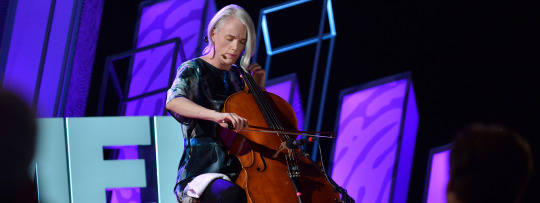
As many of you know, four years ago my world exploded and disintegrated: my husband Jeff was diagnosed with terminal cancer, he died 8 months later and I became an only parent.
I spent a long time in a shell-shocked-limbo that I can barely remember (if I was weird to you during that time, I apologize!) and then I feel like I’ve been searching for the blown apart fragments of my life and trying to put them back together with tape but there are huge pieces missing and…what is the shape supposed to be again? I don’t know yet. It’s a process. I’m a process.
For the most part, I’ve been ok with that. But yeah, sometimes there is nagging voice in my head impatient for me to “bounce back”, “be resilient”, “overcome”, etc etc etc. It berates me to “get on with it”—whatever “it” is—so that then I can do the normal things that a successful artist does, like release a new album, something that seemed incredibly daunting in my new life.
So last year the folks at TEDMED invited me to speak. I thought about all the things I wanted to talk about. I could talk about the patient experience of health care. Or maybe I could talk about how I used to suffer from paralyzing stage fright until I discovered live looping—by recording short phrases of the cello and playing on top of them, I made a virtual cello orchestra to keep me company onstage and then I wasn’t afraid. I didn’t want to talk publicly about Jeff’s illness and death and what came after. I didn’t want to be defined by a story that was raw and painful and still bleeding.
I tried to write my talk about something else but as much as I didn’t want to be defined by loss, the biggest thing in my life was the gaping wound where my husband was. It would be insincere for me to give a talk about anything else.
So I started to write. I wrote iteratively in bits and pieces and as I wrote, a clearing appeared, and there was new music in it. As what I wanted to say crystalized into words, so did the music. I ended up making a talk and a song in parallel. In distilling my story, I found a narrative and that narrative became a song.
The act of finishing a single song made it seem possible for me to make another one, which I did after I gave the talk. And then I made another…
One theme running through all my music is the feeling of getting outside of things to get a bigger vista. I’m often looking for the musical equivalent of a bird’s eye view. It has been hard to get that kind of perspective of my life for the last few years. And frankly, it’s hard to imagine making something big, like an album, when you’ve lost your confidence, which I certainly had.
After I gave my talk, I could see that this process of looking at my personal story from afar, having an insight and then iterating on it, was very similar to how I make music. When I combine loops of cello together the resulting sounds and textures hint at new musical patterns to explore. When I wrote about what happened, thought about what I’d written and then refined it, the very process of doing that suggested new ways for me to think about it.
If I was to give another talk today, I might explore an idea I heard about during a subsequent performance that I had with Jad Abumrad, the founder and co-host of “Radiolab”. I was making live music for a talk he gave on the origins of the show in which he mentioned the idea of the “adjacent possible”, a term coined by the theoretical biologist Stuart Kauffman.
Bear with me for a second. Roughly, Kauffman’s theory as I understand it is that biological systems are able to transform into complex systems through incremental changes. Life didn’t start out complicated with something like a flying squirrel. First there were a bunch of carbon atoms, then those atoms combined to make molecules, then proteins, and then proteins made cells possible. Each step along the way created the possibility for the next step to occur, the adjacent possible. Kauffman’s idea has since been applied to social sciences, technology and creativity, describing how new insights can be generated by combining already existing ideas. The adjacent possible are the things made possible by what you are doing right now.
So for me, maybe the act of distilling my story at TEDMED created an adjacent possible for me, one where I’m able to make music again.
Here’s me talking about how music helped me think about life, love and loss, followed by a live performance of a new song called “Possible”. I’ll be releasing the studio version as part of a three-song EP on June 1.
Thank you, TEDMED.
Here is a link to the video.
(originally posted here on TEDMED)
308 notes
·
View notes
Photo
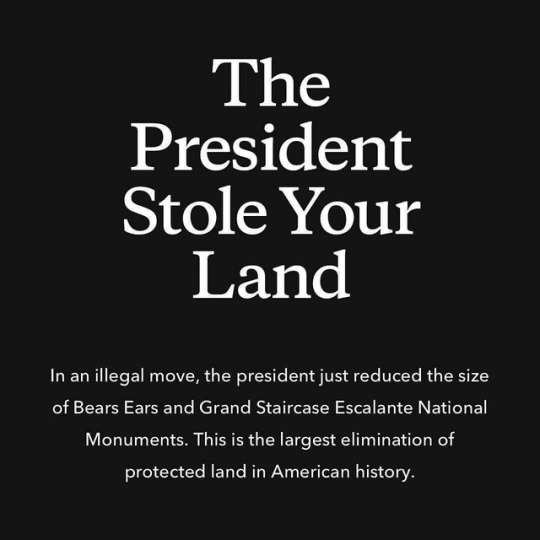
#Repost @patagonia ・・・ “We’ve fought to protect these places since we were founded and now we’ll continue that fight in the courts.” —Rose Marcario, President and CEO, @patagonia
18 notes
·
View notes
